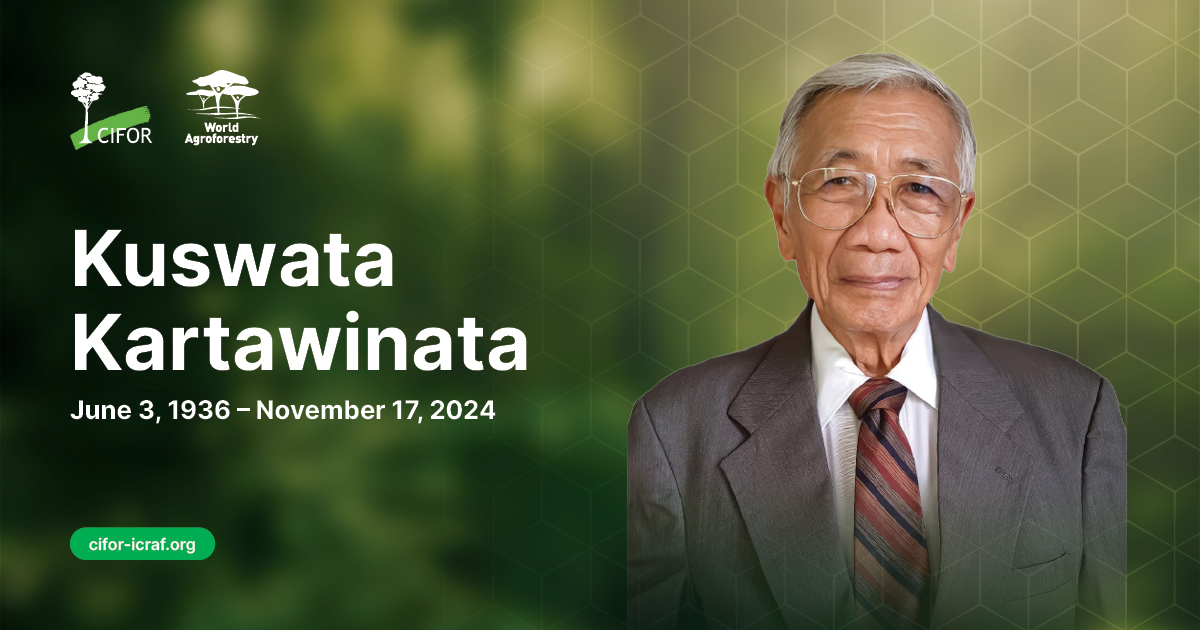Brazil nuts are an economically important non-timber forest product throughout the Amazon Basin, but the forests in which they grow are under threat of severe degradation by logging, road building, agricultural expansion, and forest fires. As a result, many Brazil nut trees grow within a mosaic of young secondary forest, primary forest remnants and agricultural fields. Little is known about the reproductive ecology and fruit production of Brazil nut in such degraded landscapes. Previous studies on Brazil nut productivity did not explicitly address forest degradation as a factor. In this study, we analyzed the extent to which Brazil nut fruit production is affected by the level of forest degradation. We collected 3 years of fruit production data of 126 Brazil nut trees occurring in degraded forest (the above-mentioned mosaics) and closed canopy (i.e., undegraded) forest in and around the Tambopata National Reserve in Madre de Dios, Peru. We analyzed the effect of forest degradation at two different levels: at the site type (i.e., degraded vs. undegraded forest) and the individual tree level (quantified as stand basal area and stem density around the individual Brazil nut trees). Stand basal area around the individual Brazil nut trees significantly positively influenced tree fruit production in all 3 years and stem density in year 2 and 3, with strongest effects in the 3rd year, and weakest effect in the 1st year, coinciding with an El Niño year. Trees in undegraded forest produced more fruits in the 2nd and 3rd year than trees in degraded forest (29.4% and 35.8% more, respectively), but not in the 1st year in which trees in undegraded forest produced 31.7% less fruits than trees in degraded forest. These within year effects were not significant, although the effects significantly differed between years. Our results show that forest degradation can affect Brazil nut fruit production, and suggest that the strength (and possibly the sign) of this effect might be different in (extreme) El Niño years. This illustrates the potential importance of restoring degraded forest to enhance resilience and protect the livelihoods of people depending on the Brazil nut trade.
Download:
DOI:
https://doi.org/10.3389/ffgc.2020.525533
Altmetric score:
Dimensions Citation Count:

























